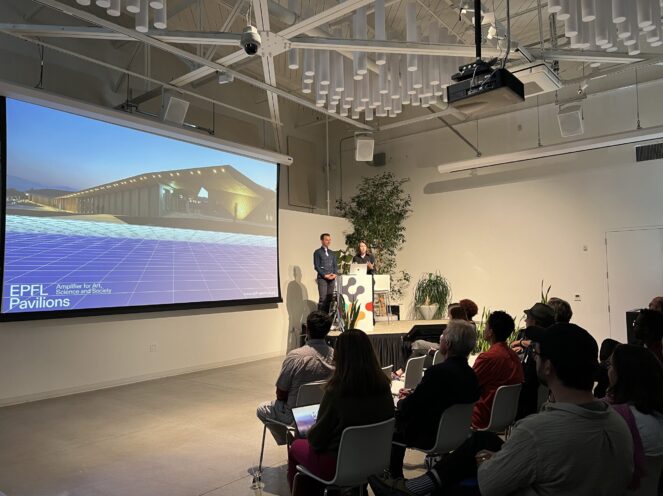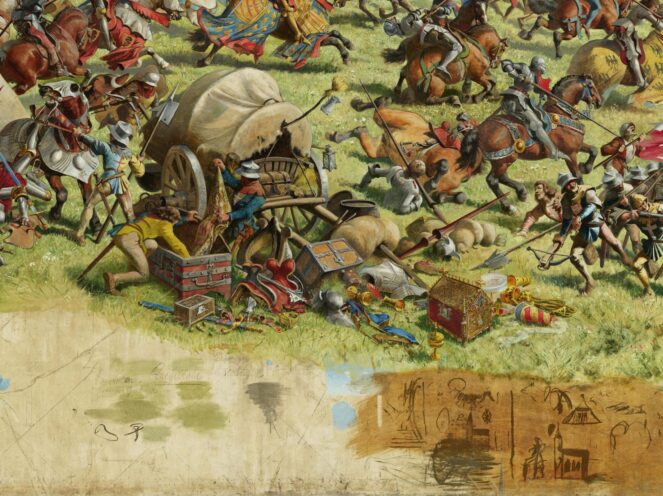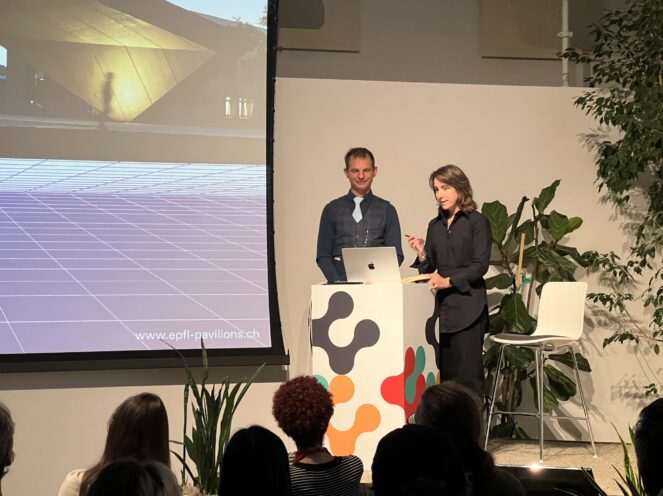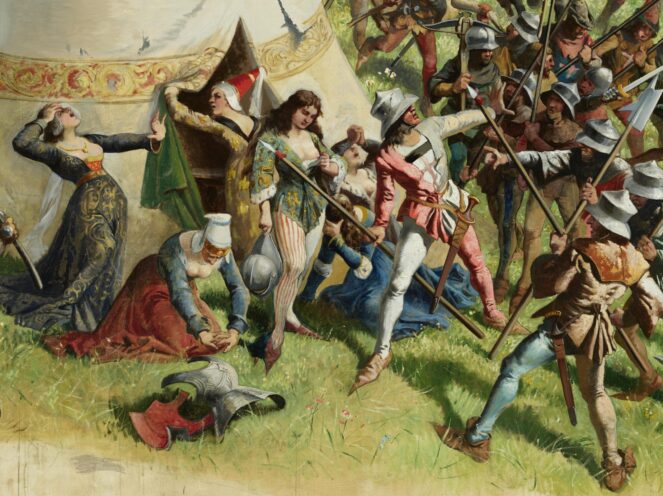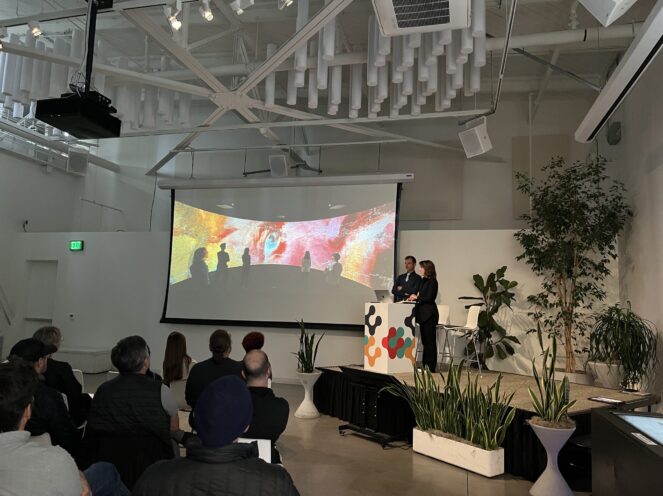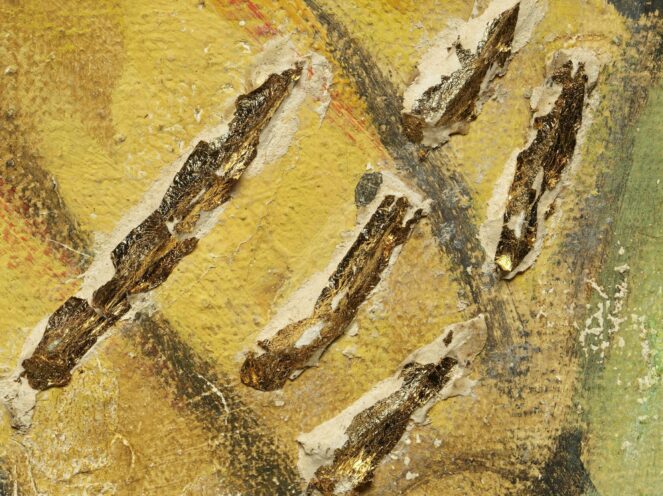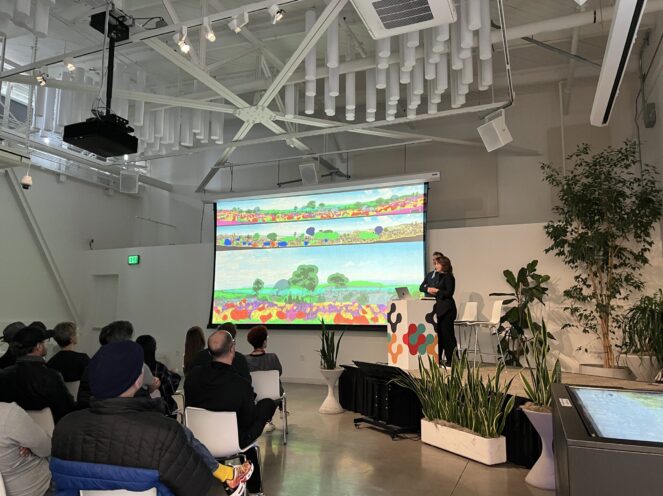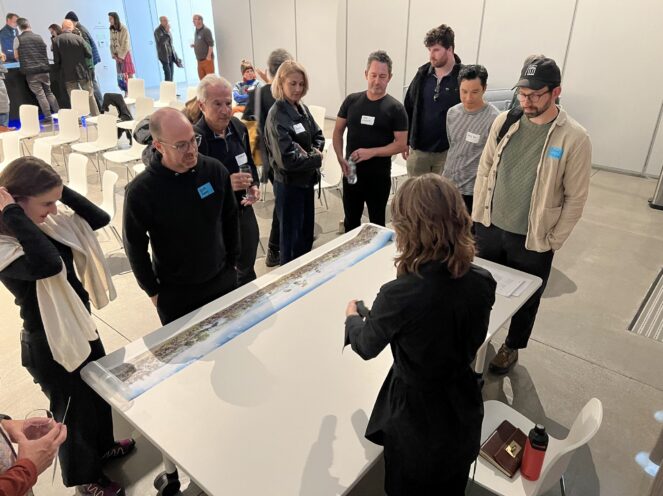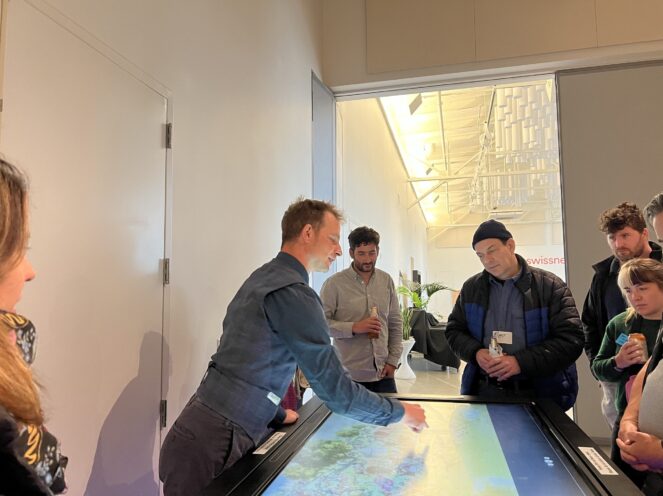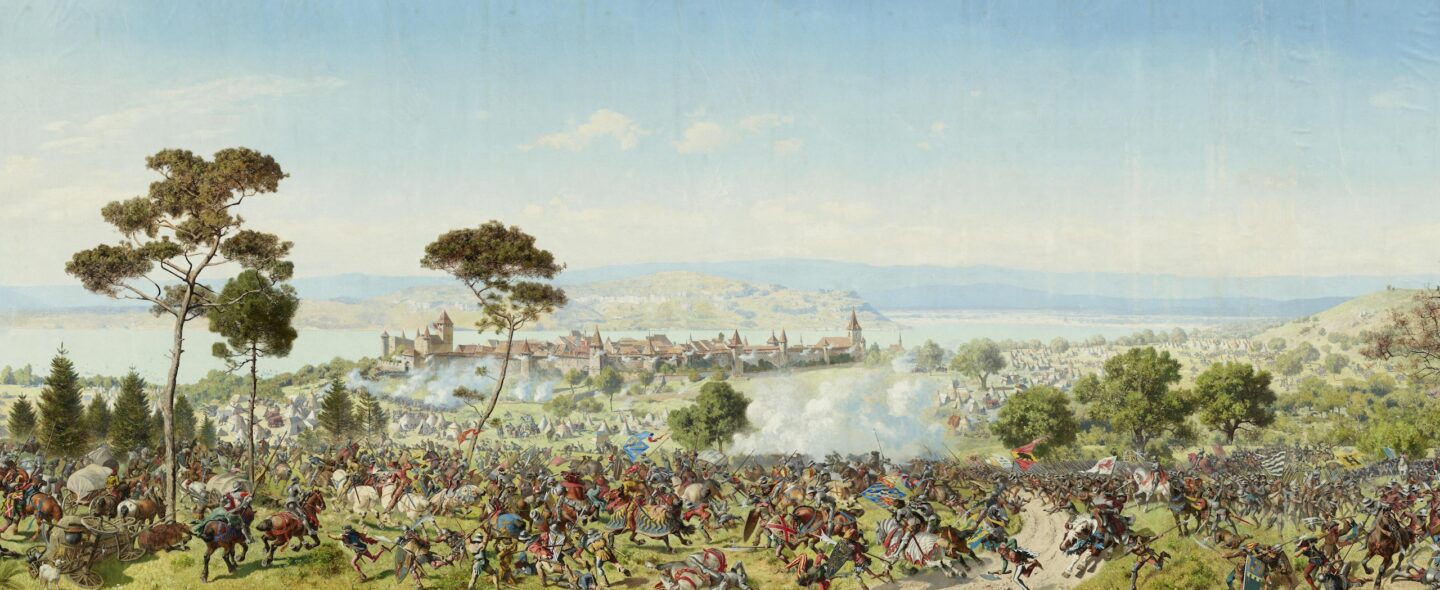
San Francisco – July 16, 2025
Digital Twins and Living History Masterclass
On June 24, Swissnex in San Francisco collaborated with the Terapixel Panorama team for the Masterclass “The Future of the Past: Digital Twins and Living History.” Led by Prof. Sarah Kenderdine, the Terapixel Panorama digitally restages the 1893/94 Panorama of the Battle of Murten as a 1.6-trillion-pixel digital twin, the largest digital image of a single object ever made. This project aims to offer an immersive experience that blends narrative innovation with advanced interactive technologies, evolving into multimodal storytelling where visitors can enjoy the guided tours or navigate, observe, and interact with the digital twin on their own.
This event focused on how technology can transform a historic Swiss masterpiece into an immersive digital experience. Combining high-resolution imaging, immersive visualization, and humanistic research, the project pioneers the use of high-fidelity 3D scanning, 4D volumetric video, fully dynamic and spatialized soundscapes, and the first-ever use of real-time olfactory augmentation in the cultural heritage domain. As part of our Science Communication project LAYERS, this event was designed for Bay Area humanists, curators, and immersive tech innovators, offering a stage for conversations with the project team members, Tonia Ramogida and Dr. Daniel Jaquet.
Tonia Ramogida, Researcher in Digital Humanities at the EPFL Laboratory for Experimental Museology (eM+), shared the various layers of this immersive digital piece, including a sound map and a smell map. These interactive features allow users to zoom into specific areas of the digital twin and experience location-specific audio and olfactory elements, for instance, zooming in on the looting scene triggers the clanging and clashing of soldiers rummaging through metal items in the treasure box, while zooming in on livestock might release the earthy scent of goat, creating a truly multisensory immersive experience that brings historical scenes to life through sight, sound, and smell. Dr. Daniel Jaquet, Senior researcher and research project manager at the EPFL Laboratory for Experimental Museology (eM+), presented the historical aspect of the Battle of Murten and the integration of the diverse elements of the artistic piece into the digital twin.
The presenters walked the audience through the remarkable journey of bringing this 19th-century masterpiece into the digital age. The process began with transporting the massive panorama from storage to EPFL’s Laboratory for Experimental Museology in June 2022, where it underwent conservation and digitization over 18 months. Using a specialized Phase One 150-megapixel camera, the team captured 27,000 images to create the massive 1.6 terapixel digital reproduction. The technical challenges were immense, given the canvas’s irregular surface and hyperboloid shape, originally designed for vertical display in a circular rotunda.
Beyond the technical achievement of creating the world’s largest digital image of a single object, the team demonstrated how they’re enriching this digital twin with multi-sensory elements like smells and sounds. The experience incorporates 3D models, volumetric videos, historically informed soundscapes based on medieval chronicles, and even experimental synthetic smells to recreate the battlefield atmosphere. Related artifacts from Swiss museums, including period armour and weapons, further enhance the immersive experience.
By the end of the presentation, the audience had the opportunity to converse with our experts on digitalization and conservation, and how their work could influence the future of art and history. They recognized that art and historical pieces are no longer just about preservation but now encompass innovative approaches to displaying and revitalizing these cultural treasures.
The Masterclass was a preview event in preparation for the Terapixel Panorama exhibition, winner of the 2024 Agora Award awarded by the Swiss National Science Foundation. The exhibition will be launched at Swissnex in San Francisco in November, an opportunity for the curious to come and try out this immersive experience for themselves.
If you want to know more about our activities in Science Communication, discover our event series LAYERS.
More about the Panorama Painting
The masterpiece in question is Louis Braun’s monumental 1893 panorama painting depicting the pivotal moment when Swiss Confederates gained the upper hand against the Duchy of Burgundy during its 1476 invasion, a turning point in European history. This extraordinary work, measuring 10 x 100 meters, was commissioned by a Swiss society specialized in public entertainment and served as the main media of the late 19th century. After being displayed in Zurich and Geneva (1894-1907), the panorama fell into obscurity with the rise of cinema, only to be rediscovered in 1996 and briefly exhibited during Expo.02 in a Jean Nouvel-designed monolith on Lake Murten before being stored away again.
Written by Gwenaëlle Gisiger, Communications Coordinator at Swissnex in San Francisco. Gwenaëlle is committed to supporting and communicating about Swissnex’s activities, promoting Swiss innovations, and connecting Switzerland with the US.
Edited by Julia Kuhn Mirza, Communications Senior Manager at Swissnex in San Francisco
